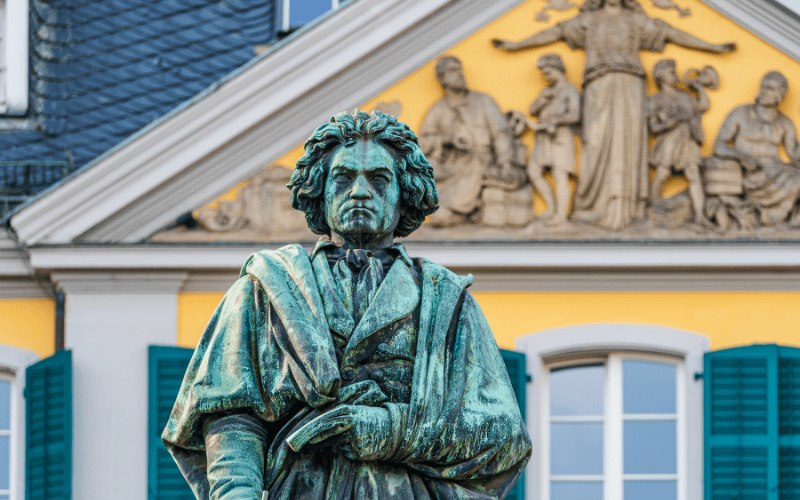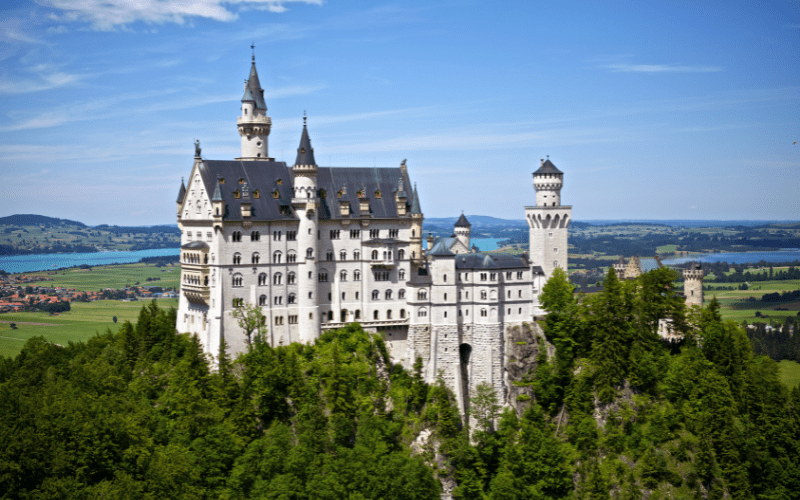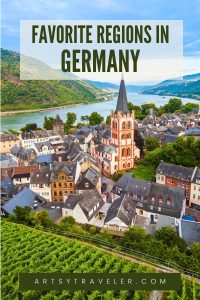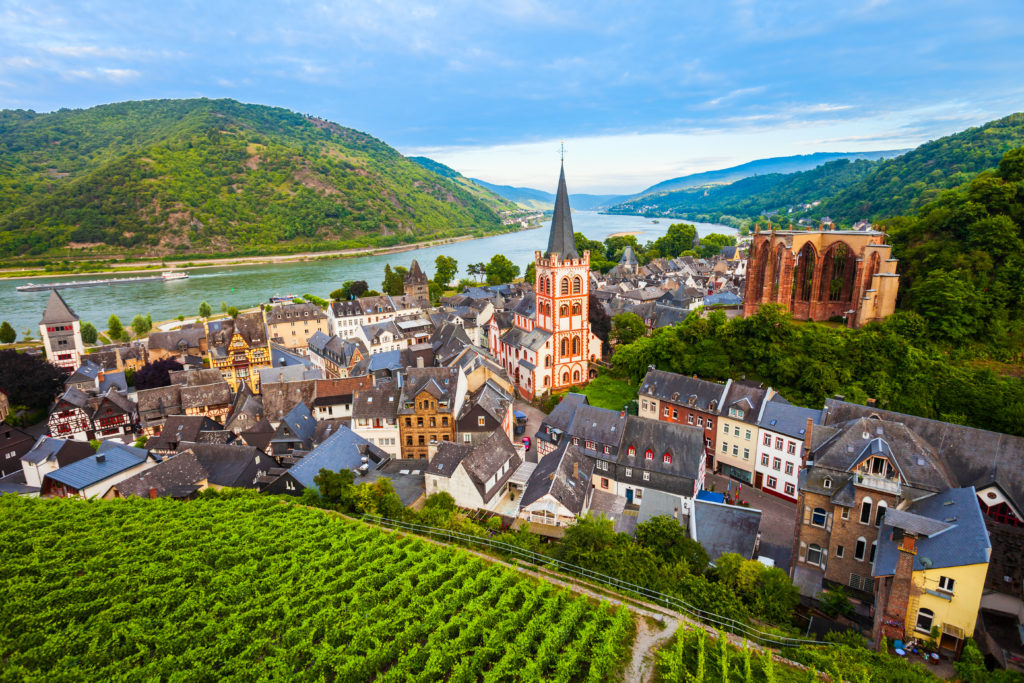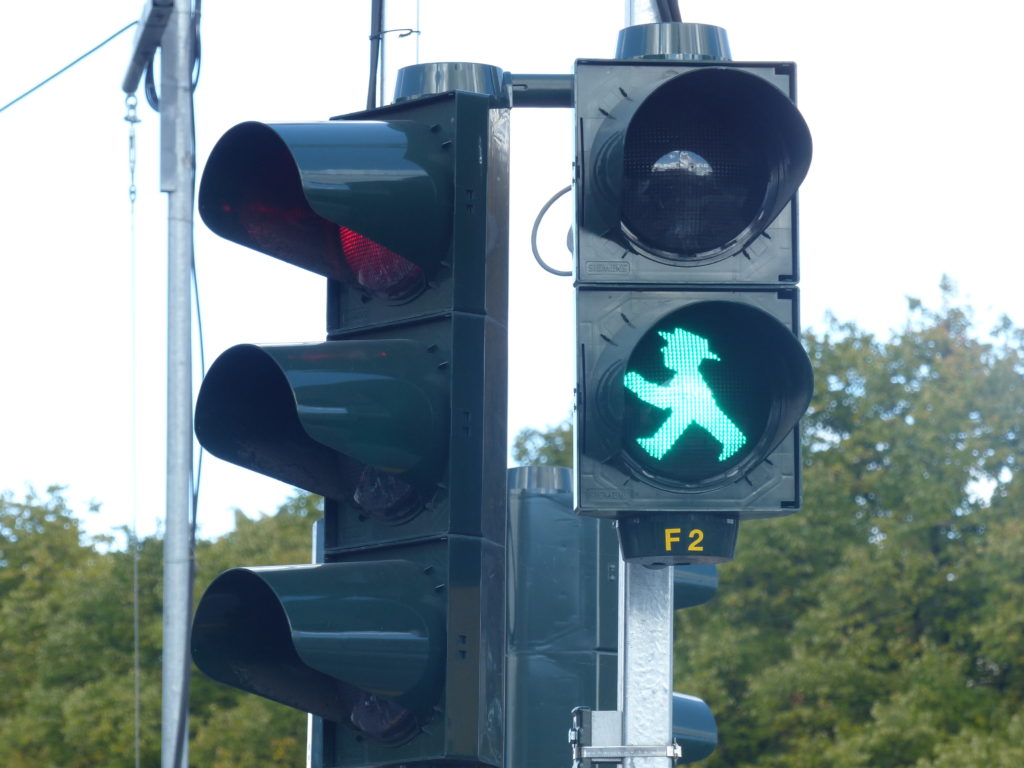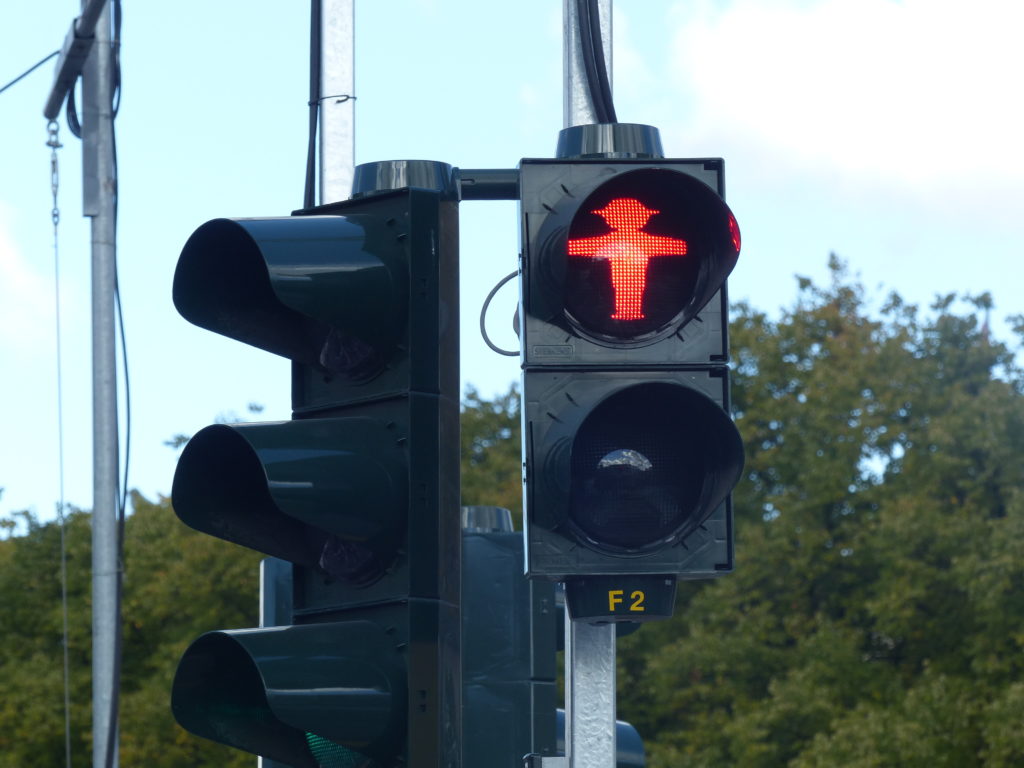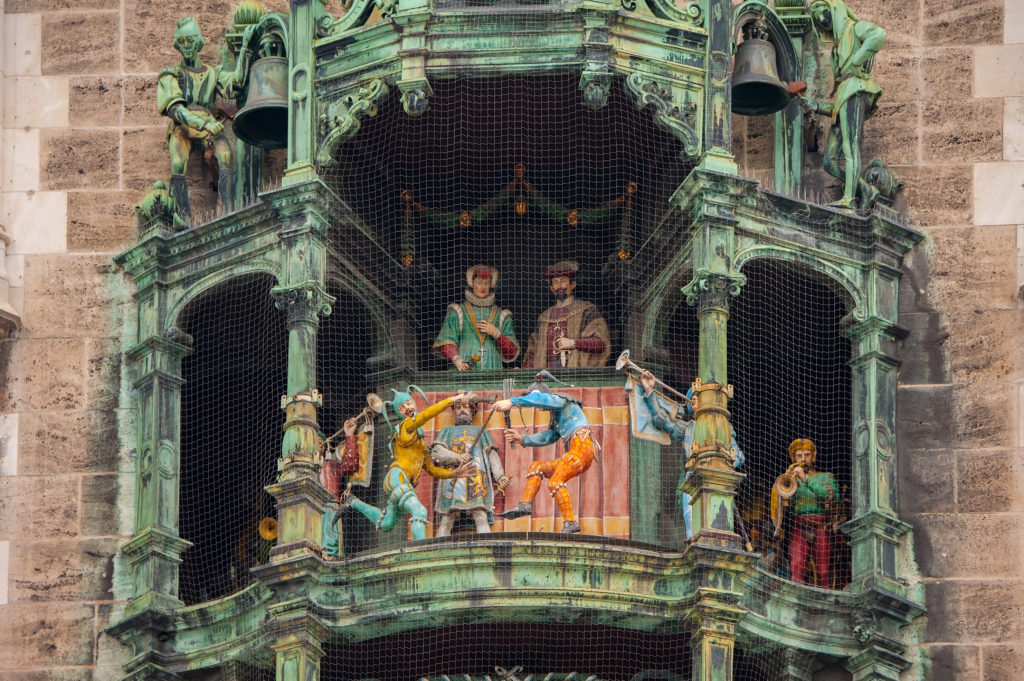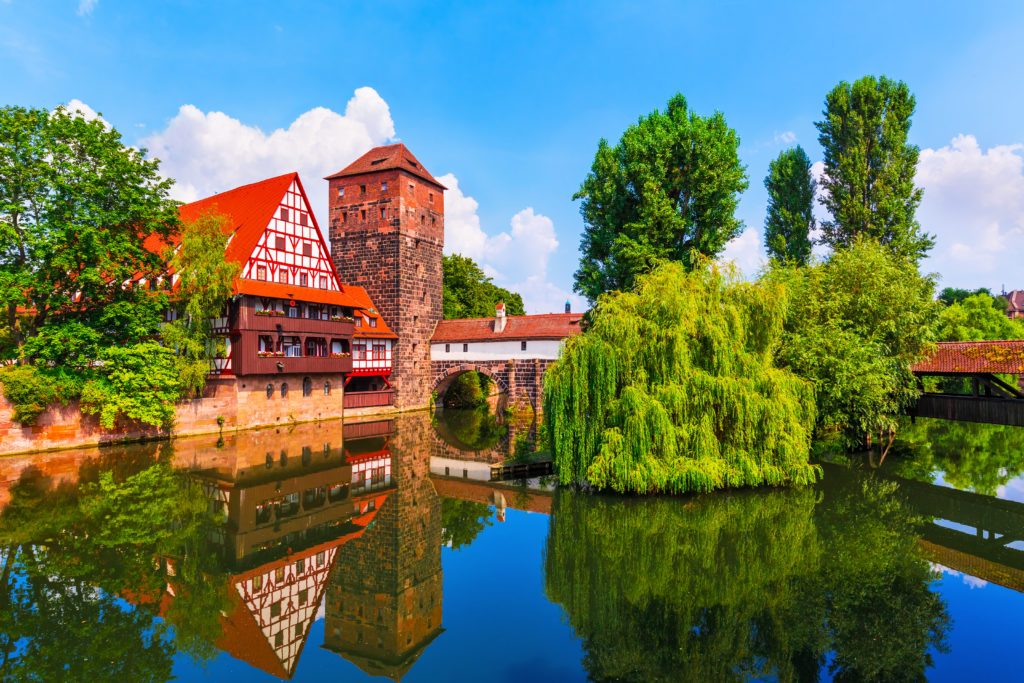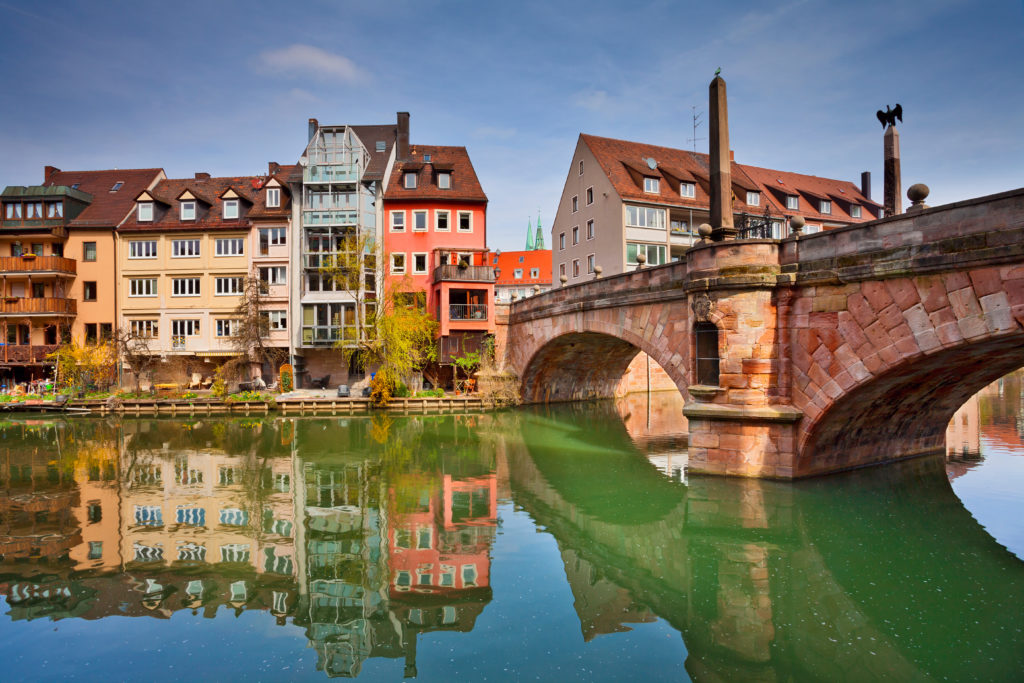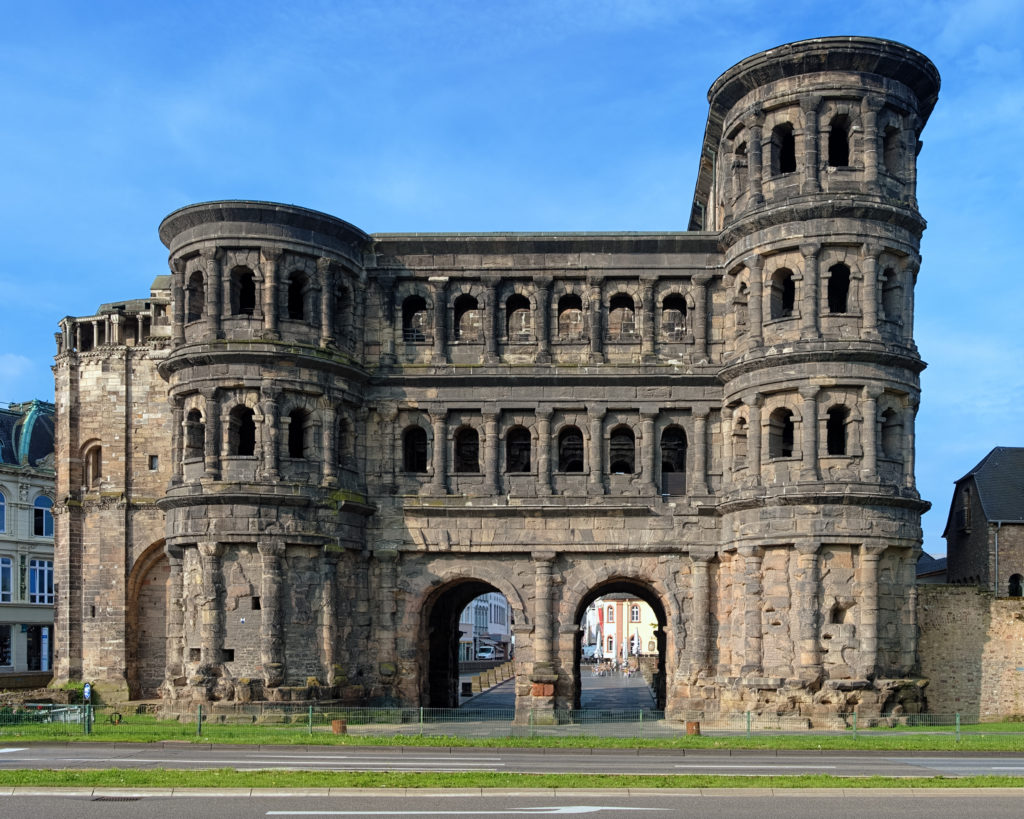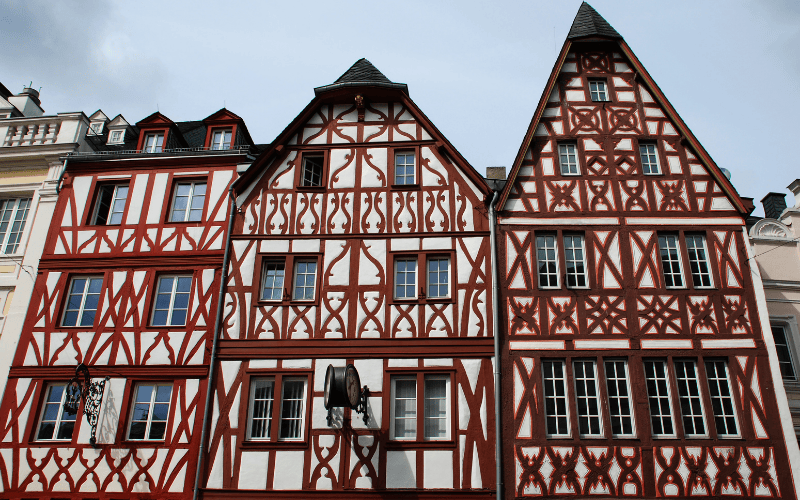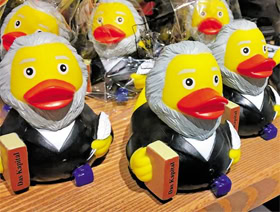Amazing Artsy Sightseeing in Germany for the Independent Traveler
Artsy sightseeing in Germany means music, castles, and museums, particularly in Berlin. And concerts!
Every time I travel to Germany, I make time to go to a classical music concert. After all, Germany is the home of Beethoven, Bach, Brahms, and a whole lot of other luminaries.
It’s also home to some of the world’s greatest concert halls. A classical music concert in Germany is always an artsy traveler treat.
In this post, I share some of my favorite artsy experiences in Germany.
Map of Germany: Suggested Artsy Favorites
The map below shows the locations of the artsy sightseeing favorites mentioned in this post. Click a number to read more about the location.
Music Museums in Germany
As a life-long lover of classical music and a pianist, I enjoy visiting museums dedicated to some of my favorite composers. Germany is home to many great composers, including Bach and Beethoven, both of whom have museums dedicated to them.
Bach Museum in Leipzig
If you’re a Bach fan, head for Leipzig to enjoy one of the hippest music museums I’ve ever visited. I could have stayed there all day!
The Bach Museum (#1 on the map) is located next to the Thomaskirche, the church where Bach is buried. The museum is open 10 am to 6 pm Tuesday to Sunday so make sure you don’t make Monday your Leipzig day.
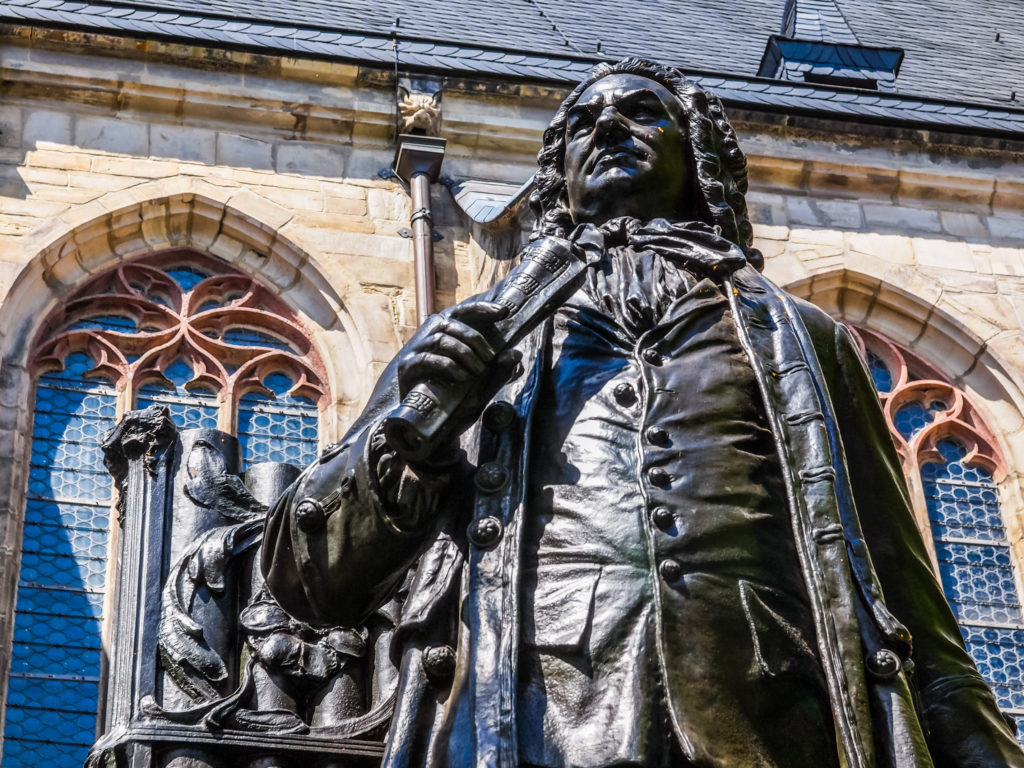
A highlight for me were the many interactive exhibits, including the Virtual Baroque Orchestra. The instruments are displayed on a wall with each instrument being played marked by a light signal. Press the button corresponding to the instrument and its sound will be amplified so you can hear it more distinctly. The orchestra plays three pieces and I listened to them all.
Another highlight, particularly if you’re a musician and have played Bach, is the Listening Studio. Sit on a comfy couch at a listening station, don the headphones provided and search a database containing every single one of Bach’s compositions (and trust me, he wrote a lot). I wanted to stay forever.
Here are some other sightseeing options in Leipzig.
Staying in Leipzig
I recommend the stylish Radisson Blu Hotel Leipzig, which is within walking distance of the concert hall and the Bach museum.
Beethoven House in Bonn
I first visited Beethoven’s birthplace in Bonn when I was 18. I’ll never forget going into the small house and hearing Beethoven being played on a piano located in the room where he was born.
The Beethoven-Haus (#2) museum has grown since then and is now considered one of the most visited music museums in the world. It’s also one of the 100 most popular sights in Germany.
The museum is open almost every day of the year from 10 am to 6 pm.
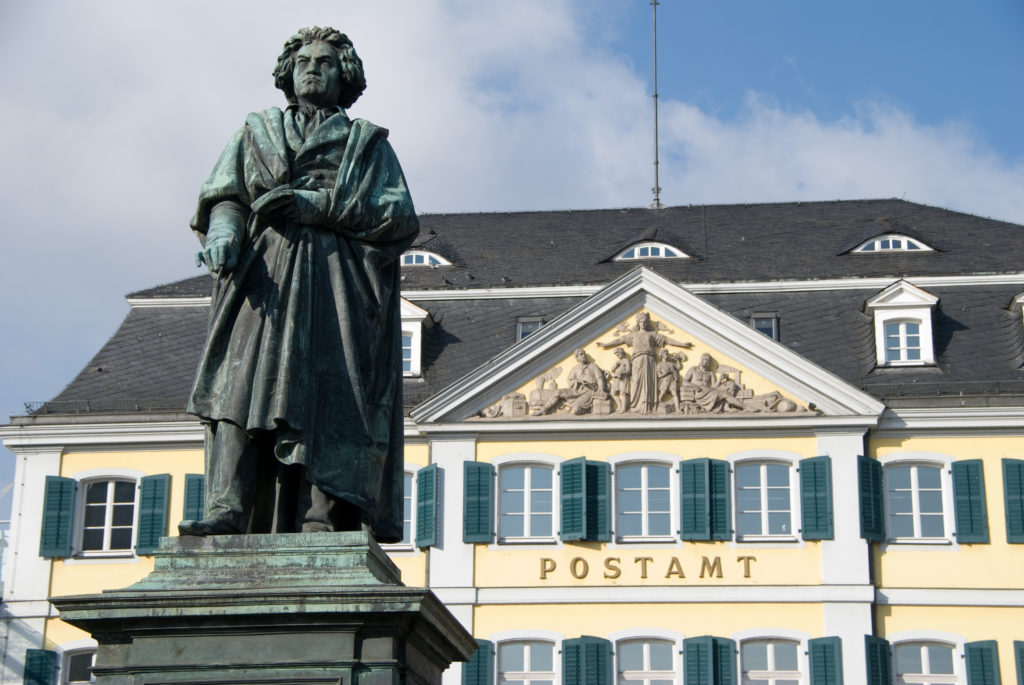
Concerts in Germany
Go out of your way to attend concerts when you’re in Germany. Choose a major concert venue such as the Elbphilharmonie in Hamburg, a chamber concert, or even a folk performance.
Classical Concerts in Berlin
One of the highlights of our German travels was hearing Stravinsky’s Rite of Spring in the Philharmonie Hall (#3) in Berlin. Checking out this acoustically amazing and super-modern concert hall was almost as exciting as enjoying the performance.
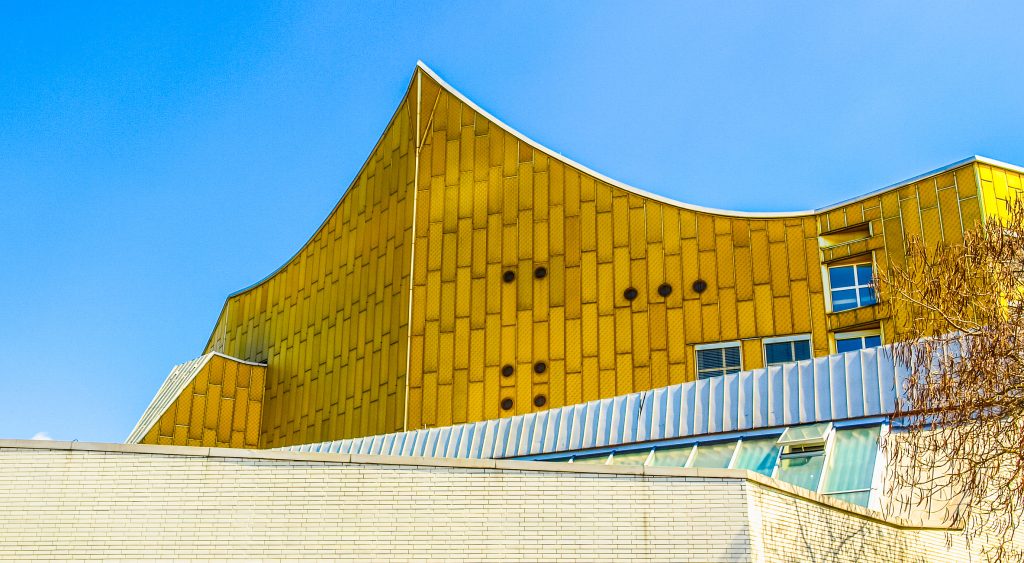
Classical Concerts in Leipzig
While seeing a symphony orchestra perform in a grand concert hall is a huge artsy traveler treat, also seek out smaller venues to see chamber music and solo performances. At the world famous Gewandhaus (#4) in Leipzig, we snagged last-minute tickets to see a pianist perform a stellar repertoire of Chopin. The cost was only about fifteen euros each–an amazing bargain considering the quality of the performance. At smaller venues, you may be the only tourist. Enjoy being a temporary local among fellow music lovers.
Classical Concerts in Cologne
In Cologne, catch a performance at the Kölner Philharmonie (#5). Located close to Cologne Cathedral, the modern concert hall is breathtaking, with excellent acoustics and comfy seats.
Classical Concerts in Hamburg
In Hamburg, see a performance at the ultra-modern Elbphilharmonie (#6)–one of the world’s most stunning concert halls.


Folk Music in Bacharach
On a folksier note, be on the lookout for concerts featuring medieval instruments. We attended one in Bacharach in the Rhine Valley. Costumed performers played wind instruments, drums, zithers, and other medieval instruments and explained in English and German what they were playing. At the end of the concert, most of the audience (me included) got up to dance.
Museums in Germany
Germany is awash with amazing museums, including some of the largest museums in the world in Munich and Berlin. Here are a few of my favorites.
Romano-Germanic Museum in Cologne
The Romano-Germanic Museum (#7) (Römisch-Germanisches Museum) is simply amazing and one of the best museums we’ve visited in Germany.
Beautifully curated displays present the archaeological heritage of Cologne from the Palaeolithic period to the early Middle Ages, including the centuries when Rome was in charge. You’ll see the world’s largest collections of Roman glass vessels, and gold work and goods showing the lives of Romani and Franks in early medieval Cologne.
Here are some other sightseeing options in Cologne.
Duetsches Museum in Munich
I first visited the Deutsches Museum (#8) back in the 1990s when my daughter was eight. This incredible museum presents twenty exhibitions exploring science and technology, from aviation and chemistry to robotics and health. It’s a great place to take a child thanks to plenty of hands-on exhibits with explanations in English and German. Allow plenty of time to enjoy this museum!
Miniatur Wunderland in Hamburg
Spare a few hours for Hamburg’s Miniatur Wunderland (#9), touted as the largest model railway in the world. It really is spectacular. No wonder it’s Hamburg’s number one tourist attraction with more than 16 million visitors from all over the world.
As the name suggests, Miniatur Wunderland showcases the world in miniature with over 265,000 figures, along with thousands of cars, ships, trains, and even planes taking off and landing. Everything is automated, providing constant jolts of fun as you stroll around the vast space (1,499 square meters). Kids will love it and adults will appreciate the incredible craftsmanship.
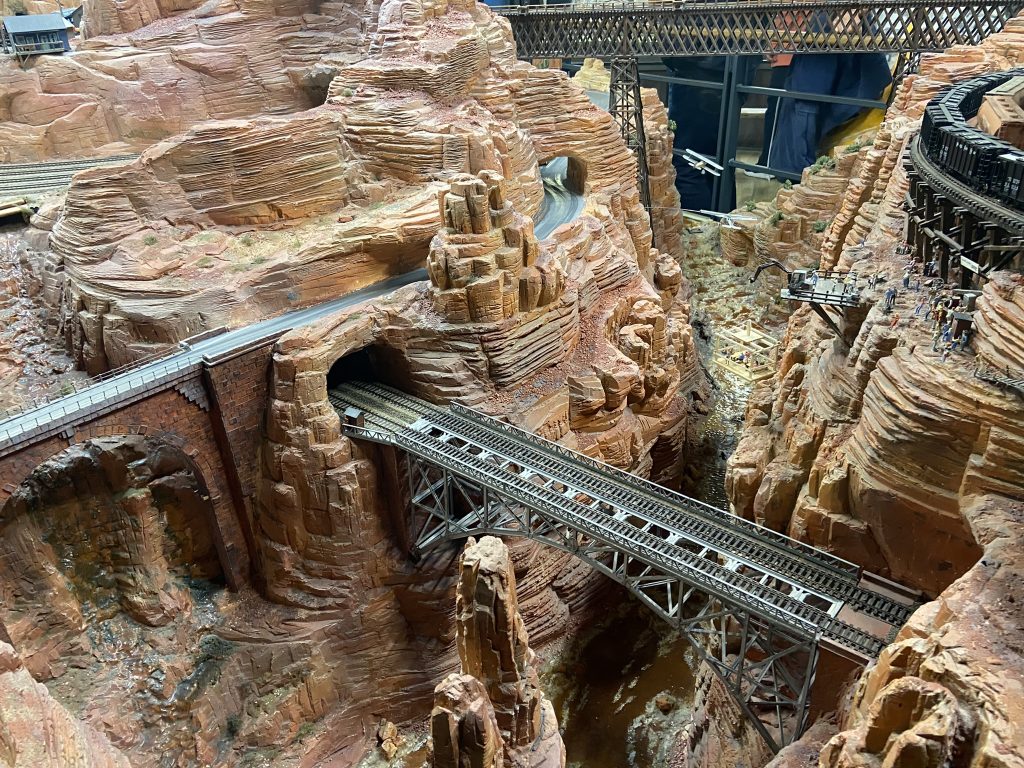
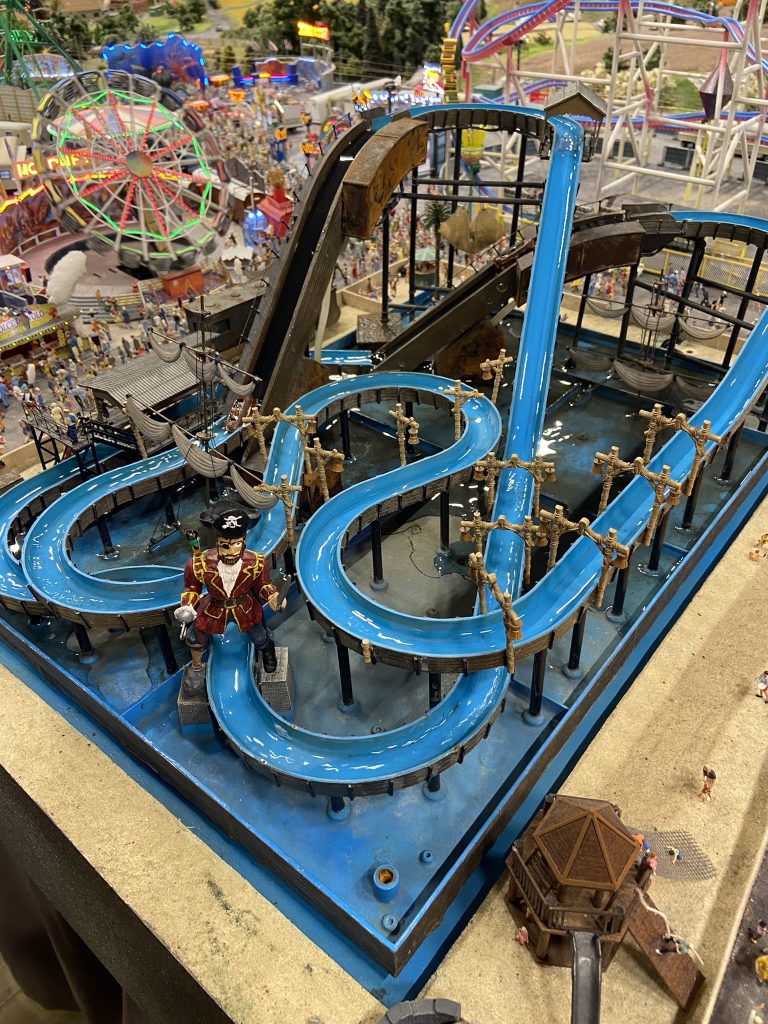
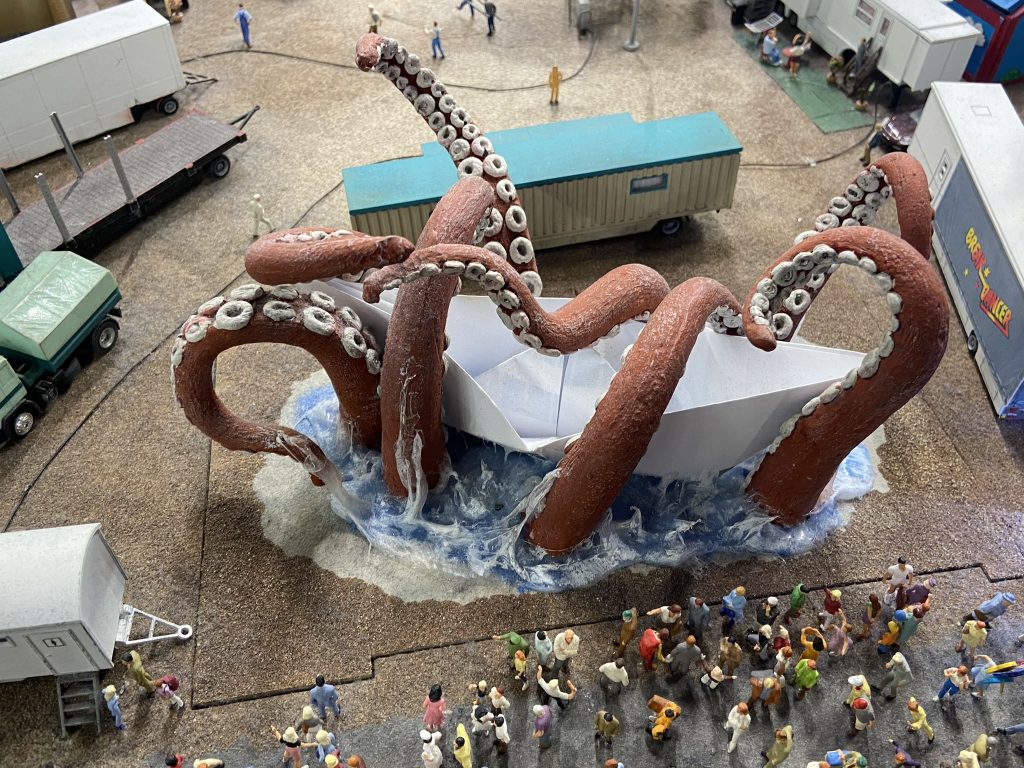
Art Museums in Germany
Here’s a list of some of my favorite art museums in Germany.
Berlin Art Galleries
Pergamon Museum in Berlin
As one of the most visited museums in Germany, the Pergamon Museum (#10) deserves a spot high on your list of Berlin sites. The big attraction is the incredible collection of massive archaeological structures from ancient Middle East, including the Pergamon Altar, the Market Gate of Miletus, the Ishtar Gate and Processional Way from Babylon, and the Mshatta Façade.
The Pergamon Museum is one of five world-class museums on Museum Island in Berlin. To read about all of them, see Booming Berlin.
Gemäldegalerie in Berlin
The modern building (#11) houses a first-rate collection of European painting from the 13th to 18th centuries including masterpieces by Jan van Eyck, Pieter Bruegel, Albrecht Dürer, Raphael, Titian, Caravaggio, Peter Paul Rubens, Rembrandt, and Jan Vermeer van Delft.
Here are more options in Berlin:
Munich Art Galleries
There are three “Pinakotheken” museums in the Art District or Kunstareal: the Alte Pinakothek (#12) is one of the oldest museums in the world and houses a fine collection of Old Masters.
Nearby is Pinakothek der Moderne (#13) which is four museums in one: art, prints and drawings, architecture, and design. When we visited, we saw a wonderful exhibition of paintings by Frank Stella.
The Neue Pinakothek is closed until 2025. Several works from the collection, including paintings by Goya, Manet, van Gogh, and Klimt, are currently on display on the ground floor of the Alte Pinakothek.
Max Ernst Museum Near Cologne
A highlight is a visit to the Max Ernst Museum (#14) in Brühl, an easy tram ride from Cologne or Bonn. The museum features a marvelous collection of work by one of the 20th century’s foremost surrealists. Max Ernst is one of Gregg’s favorite artists (Gregg Simpson is my husband and also an artist and my frequent travel companion!), so visiting the museum was a true pilgrimage for him.
If you’re a fan of the work of Max Ernst, be sure to put the museum on your list. The grounds surrounding the museum are beautiful.
Albrecht Dürer’s House in Nuremberg
This charming house (#15) where Dürer (1471-1528) lived and worked for over 20 years is one of the few surviving burgher houses in Nuremberg. It’s also the only surviving artist’s house from the period in northern Europe.
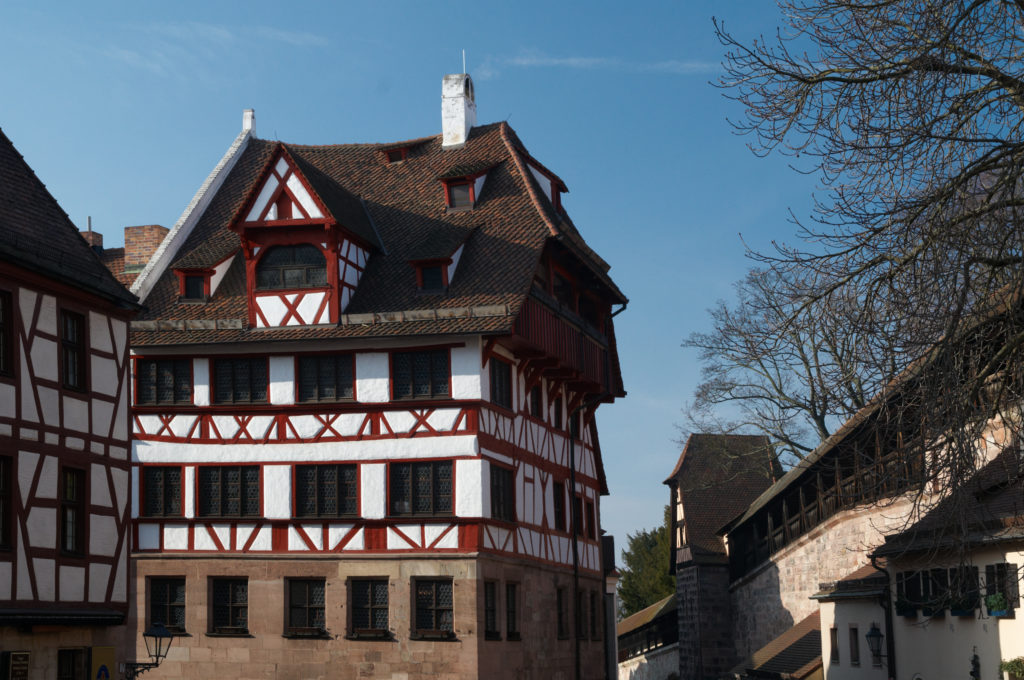
Tour the various rooms to see how a wealthy person lived in the 16th century. Head upstairs to the workshop to enjoy a demonstration of the printmaking techniques Dürer used to produce his woodcuts, including one of his most famous—the rhinoceros.

Conclusion
One of the many things I love about traveling in Germany is the variety of interesting sights and regions, and as mentioned earlier, the quality of the music performances. At least two weeks is needed to even scratch the surface of Germany. It’s a big country!
Must-see places are Berlin, the Rhine Valley, and Munich, and if you have time, check out Leipzig, Dresden, and Hamburg. Here are more posts about Germany to explore:
- Favorite Regions in Germany
- Where to Stay in Germany: My Best Picks
- Booming Berlin: Artsy Sightseeing at Its Best
- Exploring Cologne & the Rhine Valley
So you have more artsy traveler favorites in Germany? Share your suggestions in the comments below.
